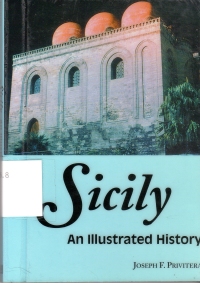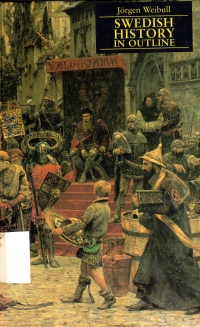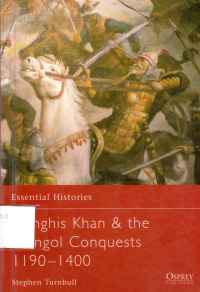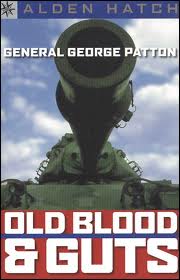Once upon a time, the ruler of a great civilization decreed that henceforth, he would no longer allow the citizenry to keep gold, including the previous rulers’ coins of the realm; all citizens must turn in all gold and receive the new currency. A wily worker at the mint secreted a number of new coins from the treasury, including one taken abroad by a foreign ruler as a curiosity piece and particularly rare trophy. The agents of the ruler sought the return of the secreted coins even beyond the death of the ruler because once they were unleashed, there was no containing them even in foreign lands.
Sound like something from a fantasy novel? It happened in the United States.
The story begins in 1933. To combat the Great Depression, newly elected President of the United States Franklin Delano Roosevelt issued Executive Order 6102 and required that all citizens surrender all gold coins, gold bullion, and gold certificates. In exchange, they received the government’s new paper currency. Henceforth, people could not use the coins as legal tender, including the popular $20 Double Eagles, put into circulation by his cousin Teddy Roosevelt.
With the inertia-driven efficiency expected of government, the Philadelphia Mint struck 445,500 of the 1933 gold Double Eagles after FDR issued his executive order banning gold coins. The mint never issued the coins, though, as Roosevelt’s order denied their use as legal tender. Instead, the mint would take the coins it had so meticulously produced and melt them back into bullion.
Before the mint could complete the onerous reversal of its effort, someone absquatulated with a small number of the coins. Fingers would later point to a mint cashier named George McCann, who might have swapped 20 or more 1933 Double Eagles with earlier years’ coins. The theft was discovered in 1944 when one of the coins was put into public auction. The Secret Service traced the coin to a Philadelphia jeweler named Switt and began tracking down other coin owners, but not before an export license was approved for one of the coins to Egypt—as property of Egyptian King Farouk.
In 1944, the world was at war, and Egypt was an ally in the North African campaign against the Germans. The Secret Service couldn’t bring much diplomatic pressure to bear. When King Farouk I was forced into exile, his possessions fell into the hands of the new Egyptian government, who planned to sell off the goods. When the United States government pressed for the gold coin, it disappeared.
In 1996, however, a British coin dealer named Stephen Fenton came to New York with a Double Eagle in his possession. He’d allegedly bought it from the family of an officer in the military coup that drove Farouk from power. But when Fenton came to New York, the long arm and memory of the law was waiting, and he was arrested.
Fenton’s lawyers argued that the Secret Service and the United States government ceded rights to the coin when the government approved the export license. In lieu of a drawn-out court battle, the two sides agreed to auction the coin and to split the proceeds. At Sotheby’s in 2002, the coin fetched a winning bid of $6.6 million dollars from an anonymous bidder. With a buyer’s premium of 15% and $20 to the United States mint to make the coin legal tender, the coin became the single most expensive coin in history. The forbidden coin became legal tender and legally owned at last.
In 2005, the family of the Switt, the Philadelphia coin dealer, sent 10 coins to the United States Mint for authentication. The United States government discovered the coins were indeed 1933 Double Eagles and seized them. This seizure, too, has spawned its lawsuits, but the government remains adamant that these coins are contraband and prohibited. This sudden rediscovery of this many illicit Double Eagles prompts one to wonder how many other specimens might reside in dark velveteen boxes or in forgotten attic chests, waiting for the heat to cool before they, too, are revealed.











 This book at the Republic branch of the library had been teasing me for some time. When I’m there with the children or when my beautiful wife needs to pick up a book, I look over the regional history shelves. I picked up this book on a couple of occasions and put it back, vowing to read my own books before I check another out of the library. But as you know, gentle reader, I’ve been a little susceptible to library books recently, and I fell for this book.
This book at the Republic branch of the library had been teasing me for some time. When I’m there with the children or when my beautiful wife needs to pick up a book, I look over the regional history shelves. I picked up this book on a couple of occasions and put it back, vowing to read my own books before I check another out of the library. But as you know, gentle reader, I’ve been a little susceptible to library books recently, and I fell for this book. I said I was going to start reading comic books to make my quota this year. Almost. This is a book of maps and is a just a couple crayons short of being a coloring book.
I said I was going to start reading comic books to make my quota this year. Almost. This is a book of maps and is a just a couple crayons short of being a coloring book.